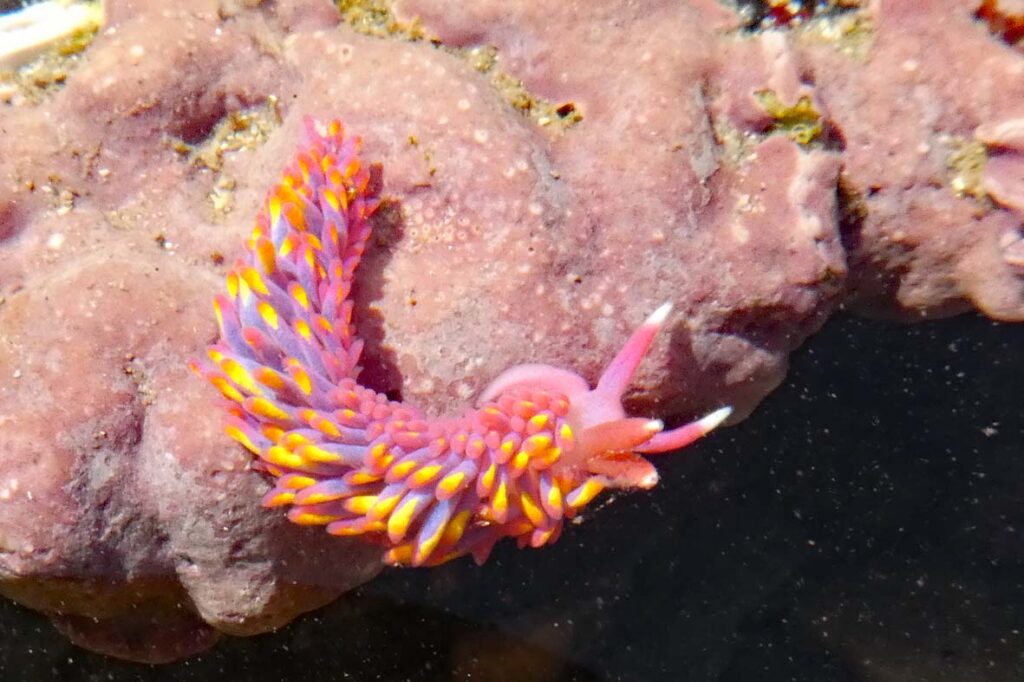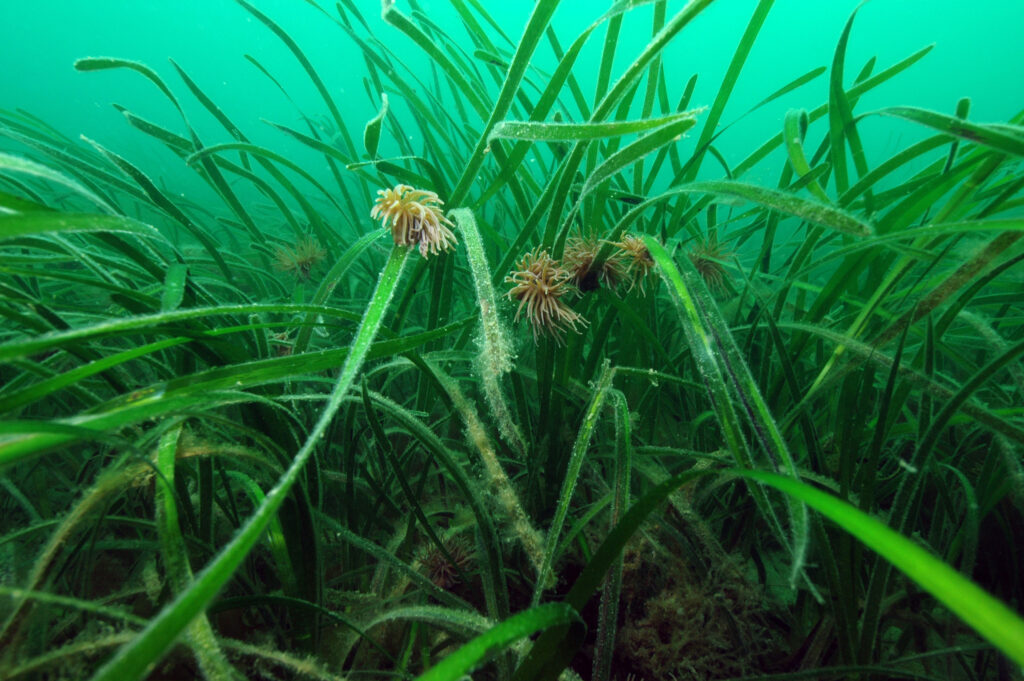
Marine heatwaves, oceanic incomers and non-native invaders; our changing seas are revealed in the latest ‘South-West Marine Ecosystems Report’.
Each year, evidence of change, events and of exciting discoveries in the marine environment of south-west England is published by the Marine Biological Association (MBA) in Plymouth. Information from surveys, publications and, very importantly, social media is brought together by a large community of professional scientists, amateur naturalists, rock poolers and divers. That evidence contributes to reporting on what is happening to our marine environment in a changing world.
Publishing the South-West Marine Ecosystems Report (The State of South-West Seas) continues a long (over 120 years) history of the MBA promoting investigation of our seas and the life within it and disseminating the knowledge gained. The report is 119 pages of well-illustrated text.
“What we are doing is a fabulous collaboration between researchers and the informed and interested public. Some of what we report might be seen as ‘curiosities’ but much contributes to understanding what is happening in our seas and (sometimes) suggesting why. It is a detective story – seeking evidence and trying to link clues together to answer questions,” said Dr Keith Hiscock MBE (Associate Fellow at the Marine Biological Association).
Keith worked with Dr Bob Earll to edit the report and prepared the Chapter on ‘Seashore and Seabed’.
Keith observes: “We are seeing a very few signs of the effects of warming seas and with the proportion of some warmer water species that are a conspicuous part of the intertidal fauna and flora increased in 2024.
“There is some ‘bad news’ (although it may be a temporary ‘blip’). Several experienced marine naturalists have expressed concern that the abundance of many seashore and shallow seabed species has declined in recent years. Establishing why that might have happened is conjecture at the moment but comment is made that we should be monitoring change and looking at levels of novel contaminants entering our seas; for instance, pharmaceuticals, cleaning products, chemicals associated with vehicle tyres that are deposited on the road to be washed down drains, and recreational drugs.”
Non-native plants and animals can become invasive, but there were no further species reported in 2024 although some established ones – such as the Pacific Oyster Magallana gigas and Red Ripple Bryozoan Watersipora subatra) – had increased in abundance and extent whilst some others (such as Slipper Limpets Crepidula fornicata) had declined in numbers.

Anemonia & Zostera c. Keith Hiscock
There was a ‘good news story’ for seagrass beds (intertidal and subtidal species) with significant expansions of cover including, in Cawsand Bay, Plymouth Sound from 2 ha in 2006 to 29 ha in 2024. Likewise, the abundance of Spiny Lobsters (or ‘Crawfish’) Palinurus elephas continued to increase, continuing the recovery since about 2014 from localised extinction that occurred in the late 1960s and early 1970s.
Another ‘good news story’ in 2024 was the finding of extensive areas of maerl (pink calcified free-living seaweed) in St Austell Bay that became described as “Precious Barbieland pink seabed ecosystem found”.
Love them or hate them, octopus are a fabulous addition to our south-west seas and, perhaps, likely to remain so. 2024 saw a continued presence of warmer-water Common Octopus (Octopus vulgaris) although not in the high abundance seen in 2022.
Some species disappear from locations and then re-appear decades later. Such is the story for the attractive Peacock’s Tail seaweed Padina pavonica, the range of which has contracted since Victorian times when it was popular with seashore naturalists. Large amounts have now been (re)found in areas of Torbay where it had been rarely recorded in recent years.
Excluding fish, there were very few additional or increasing in abundance warmer water species native to the North-East Atlantic that were seen on the shore and seabed in 2024. However, one of the conspicuous and attractive species that ‘turned-up’ in Plymouth Sound in 2023 – the Mediterranean Feather-duster worm Sabella spallanzani – continues to be present with recent new individuals in 2024.
Whilst talk on the land is of ‘re-wilding’, in the sea we can do much to ‘enhance’ biodiversity where new constructions are being built or existing ones can be made more receptive to high species richness. 2024 saw many more infrastructure projects incorporating textured tiles and blocks that should attract a higher biodiversity than flat surfaces.

Crawfish on the wreck of SS Epsilon, Falmouth Bay c. Keith Hiscock
The full report can be accessed via https://doi.org/10.17031/WD2D-T194.
To see reports, webinars, find-out how to contribute and to be kept up-to-date, go to http://swmecosystems.co.uk/